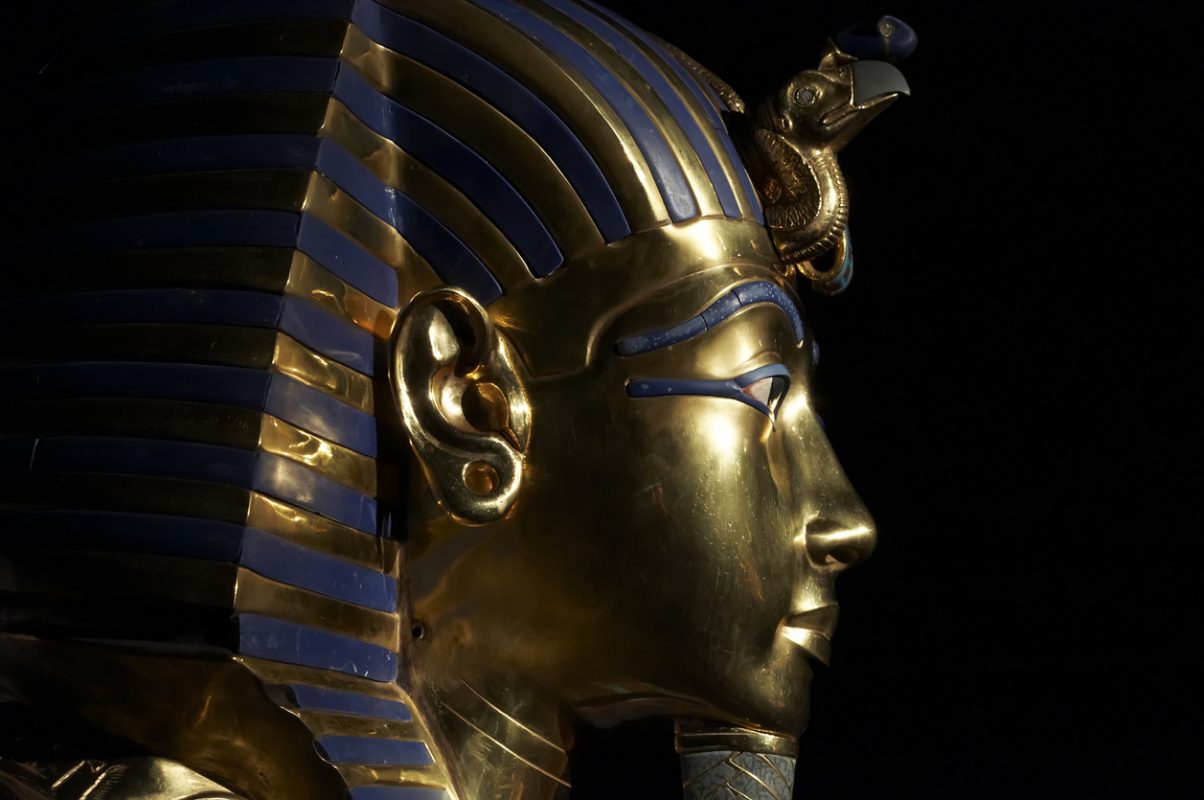The Egyptian king Tutankhamun was accompanied into the afterlife by a gift of cosmic raw material.
100 years ago today, the burial chamber of Pharaoh Tutankhamun (1332 to 1323 B.C.) was opened by archaeologist Howard Carter. Unlike many other ancient tombs, the final resting place of the god-king, who died very young, had been virtually spared from grave robbers. Among the numerous grave goods that were supposed to make Tutankhamun’s life in the afterlife pleasant and carefree, there was also something that was literally out of this world: an iron dagger.
This material, which only generations later was to give its name to an entire era, was not deliberately mined in the pharaoh’s time. Rather, the material of the dagger came from a meteorite, which is indicated by the nickel and cobalt content. The cosmic raw material was probably heated and forged into the desired shape, as one study suggests. Metallurgy was already well advanced at that time, alloys such as bronze (copper and tin) already in wide use. The first evidence of iron processing in Egypt dates from the period after Tutankhamun. Thus, the find is likely to be imported goods, possibly even a gift from the Mitanni Empire in what is now northern Syria and southeastern Anatolia. This region was later to become the first center of iron smelting. Thus, the dagger is not only a testimony to the innovative power of early cultures, but also to the extensive trade networks in antiquity.
Even thousands of years after its beginnings, the story of iron processing is far from over. In fact, work is still underway to develop new alloys that are lighter and more resistant to high temperatures. To achieve these properties, technology metals such as hafnium or silicon are used. Materials that – like iron in the past – are extremely popular today.

Photo: CC-BY 3.0 Olaf Tausch
Article photo: iStock/pgaborphotos


